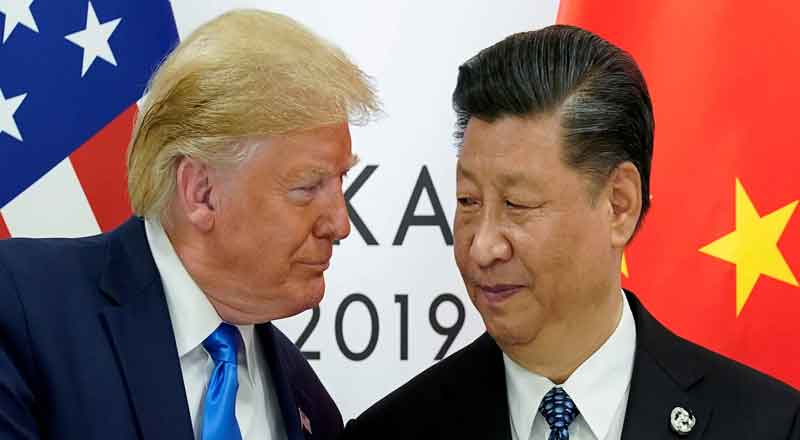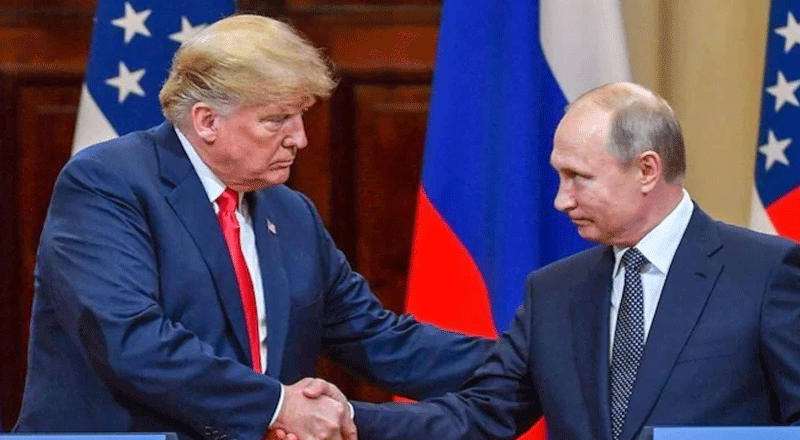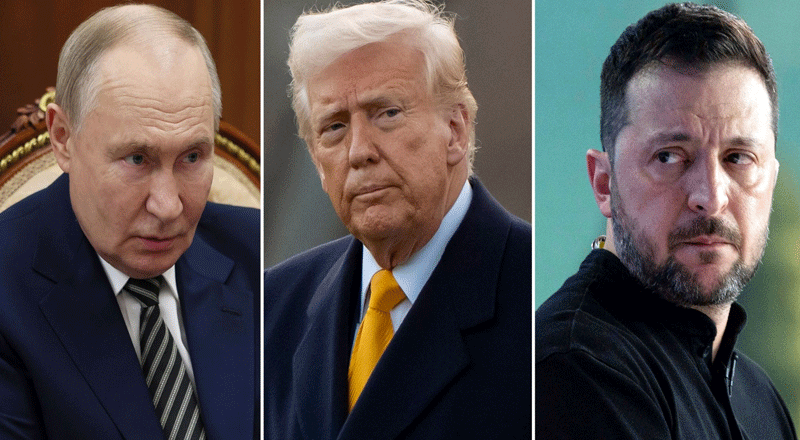The relationship between the U.S. and China has historically oscillated between cooperation and contention. While economic interdependence between the world’s two largest economies has fueled global growth, tensions have escalated in recent years, particularly under former U.S. President Donald Trump’s administration. His policies introduced tariffs and restrictions that targeted China’s core economic interests, pushing Beijing to seek greater self-reliance. As Trump gears up for a potential return to office, China is preparing for renewed economic pressures. In a bid to reinvigorate its struggling economy, China is rolling out extensive fiscal measures to stabilize growth and reduce dependency on external markets.
China’s Economic Revival Plan: A Comprehensive Strategy
Facing a slowdown exacerbated by the COVID-19 pandemic and a prolonged property crisis, China is introducing an ambitious plan to support economic growth. Central to this plan is the allocation of 6 trillion yuan (approximately $840 billion) by 2026 to address mounting local government debt, which has grown unsustainably over the years. These funds are intended to prevent the debt burden from undermining economic stability, especially as local governments have long relied on heavy borrowing to fund infrastructure projects and stimulate growth.
Additionally, China’s leadership is advancing a long-term vision of high-quality development, a shift from decades of rapid, export-driven growth toward an economy focused on advanced manufacturing, green technology, and domestic consumption. This approach aligns with President Xi Jinping’s stated goal to transition from high-speed to sustainable growth, emphasizing sectors like renewable energy and electric vehicles (EVs). Yet, even with such efforts, external economic headwinds pose significant challenges.
Trump’s Potential Impact on China’s Recovery
Should Trump return to office, his proposed trade policies could derail China’s economic revival efforts. Trump has openly discussed his intent to impose new tariffs, some as steep as 60%, on Chinese imports, citing grievances over trade imbalances and alleged unfair practices. Bill Bishop, a prominent China analyst, has emphasized the likelihood of Trump following through on these pledges, viewing China as a persistent economic adversary. During his previous tenure, Trump introduced tariffs reaching 25% on a wide range of Chinese products, which significantly impacted China’s trade-dependent economy.
While the Biden administration retained many of these tariffs, Trump’s proposed tariffs are even more severe and would amplify China’s challenges, particularly at a time when it is striving to recover from a period of underwhelming growth. In response to Trump’s protectionist policies, China faces the pressing need to diversify its economic strategy beyond exports.
Addressing Long-Term Economic Weaknesses
In addition to external pressures, China’s economy is grappling with internal weaknesses, including the fallout from the property sector and declining consumer demand. Stephen Roach, former chairman of Morgan Stanley Asia, has suggested that China risks a Japan-style stagnation unless it shifts from an export-driven economy to one that taps into untapped consumer demand. This approach, Roach argues, could make China more resilient to global trade shocks, including the potential impact of U.S. tariffs, while fostering more balanced growth.
This shift also comes with the challenge of transforming China’s economic identity as the “world’s factory” into a leading player in high-tech exports. China has already made strides, emerging as a global leader in solar panels, EVs, and lithium-ion batteries. According to the International Energy Agency (IEA), China currently accounts for over 80% of global solar panel production and remains the largest manufacturer of EVs. Such sectors have helped offset some of the economic strain from its property crisis, and high-tech exports have proven a vital buffer against declining domestic demand.
Rising Resistance from the West
While China’s high-tech exports have supported its economy, they have also generated resistance among Western countries concerned about competition and domestic industry protection. In recent months, the European Union announced tariffs on Chinese EV imports as high as 45%, highlighting a trend of economic nationalism in other major markets. This protectionist stance from Europe, along with Trump’s potential policies, poses a significant threat to China’s export-led growth strategy, forcing Beijing to consider how it will maintain its economic momentum in the face of mounting opposition.
As China embarks on its latest plan to address local debt, diversify its economy, and enhance domestic consumption, it faces the prospect of a new U.S. administration led by Donald Trump, who has signaled a renewed campaign against Chinese imports. While China’s efforts to revitalize its economy through advanced manufacturing and green industries reflect a shift toward self-sufficiency, success will require navigating both domestic challenges and international tensions. For China to achieve sustained growth, it may need to accelerate its pivot to internal consumption while managing the complex dynamics of a global economy increasingly wary of Chinese influence. How effectively China balances these forces may well determine its economic trajectory in the years to come, shaping not only its own future but also the broader global economic landscape.
(With inputs from agencies)





